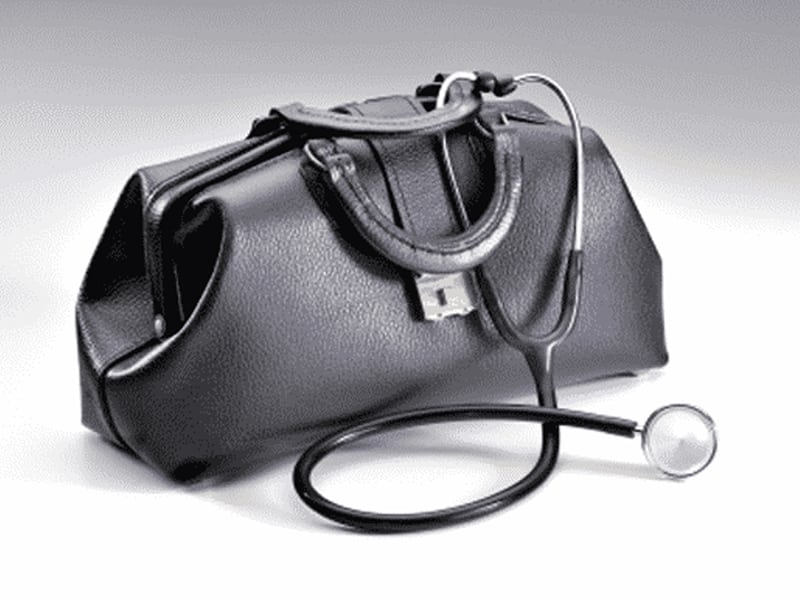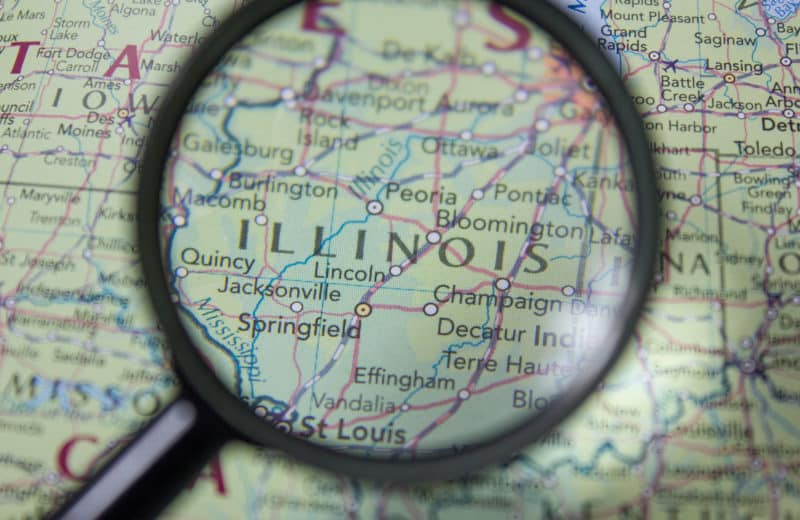In the great healthcare debate, the loudest argument seems to be about the “haves” and the “have-nots”—about who can afford what kind of care, and about who is responsible for getting something to those who can’t afford anything.
These days, a new trend is trying to take the headache out of personalized health care by, well, personalizing it. It’s called concierge medicine, and it offers a special, retainer-based relationship between patient and primary care physician.
The idea is to take client care back to where it used to be, according to Dr. William Kehoe. He and his partner, Dr. Dragan Djordjevic, have been practicing concierge medicine for three years (The USA Network comedy Royal Pains is actually based on their practice). Between the two of them, in their offices in Chicago and Skokie, they have about 1,200 clients (or patients).
“I see six to eight people a day,” Kehoe says. “The result is that I’m able to spend more time with fewer people, which gives me more time to be thoughtful. It allows me to be more thorough than I can be if I saw 25 [patients] in a day.”
The major selling point for the concierge model is this one-on-one interaction and attention to detail. As a client, you have access to your doctor 24/7. There are no quick visits, unless that’s what you want. Your doctor will stay in the exam room with you until all of your questions have been answered. You’re not competing for face time with 999 other patients, like you might be with a traditional primary care physician.
Of course, the luxury comes with a cost. In addition to personal insurance, there’s an annual fee, or retainer, attached to having a concierge doc at your service; it can range from $1,000 to $25,000. The fee covers an annual physical for you and your family, but should you return with an illness, that would be billed to your insurance as a regular office visit.
“Because of this arrangement, I feel a greater attachment to my patients,” Kehoe says. “I understand that they’re paying to have me when they want me.”
Even on vacation, should you or a family member fall ill, the first call will go to your concierge doctor. Kehoe says he’ll look into his concierge medicine network, MDVIP, to find a doctor who’s near your destination. Then, he’ll speak directly to that doctor, discuss your history and, most likely, get you in more quickly for an appointment.
There are a few such elite concierge medicine networks. MDVIP retains approximately 400 doctors nationally, with 11 in the Chicagoland area. On average, each physician sees 600 clients, who pay $1,500 annually for their services. There’s also MD², which boasts more doctors who have even fewer patients—an average of 50. MD² calls itself “the definitive provider of concierge medicine” and offers “the privilege of high-touch medicine.”
Overall, as a patient, the concierge path is quite tempting—if you can afford it. And as a whole, the practice invites some level of debate.
“They’re selling a model with the promise that they’re going to deliver what already should be delivered in the first place,” says Dr. Robert Havey, a traditional physician who practices internal medicine at Northwestern Memorial Hospital, where he employs 47 doctors.
“I understand why doctors do it,” he says. “It’s important to have time to spend with patients, but with reimbursements declining and overhead rising, primary care doctors are under increasing pressure to see enough patients simply to keep up with the costs of running a practice. And there’s a shortage of [traditional] primary care doctors. They are overworked and underpaid. The training process from college to the end of residency takes at least 11 years, so newly practicing physicians are 31 or older by the time they get their first paycheck. They give up a prime piece of their young adult lives, assume huge debt to pay for their educational expenses and then become consumed with long hours to care for an expanding and aging population.”
Sure enough, thanks to increasing costs of private insurance, malpractice insurance, Medicare and Medicaid, it has become more difficult for many traditional physicians to keep the lights on without hosting a client list that numbers in the thousands.
“The difficulty I have with concierge medicine is a philosophical one,” Havey says.
By seeing a limited number of patients, and therefore a limited number of cases, does the concierge doctor run the risk of missing out on valuable knowledge? Havey worries that he would lose his clinical edge.
For Kehoe, he’s found more time to continue his medical education. “This model leaves time I did not have before. With 600 patients, I am still plenty busy from a clinical perspective.”
Undoubtedly, traditional primary care doctors are busy—very busy. “But if we scale back, where will the people go?” Havey wonders.
“The qualities that concierge medicine offer are incredibly desirable. Time with patients, quick access—concierge medicine enhances those, but it is obviously very class exclusive,” says Dr. Paul Ringel, a traditionalist practicing internal medicine with the Advocate Medical Group at the Advocate Illinois Masonic Medical Center. “It would be ideal if everyone could access it. [But] because it is not feasible for large populations, my concern is that any program that siphons off an already scarce commodity, like primary care doctors, is detrimental to public health.”
Differences aside, Kehoe, Havey and Ringel all agree that traditional primary care has gotten hectic, expensive and overly demanding on doctors. There seems to be far too many patients and way too few physicians, and the challenge lies in finding ways to balance the workload.
Havey, for instance, had a case where a new patient came to him after calling on 11 other doctors. The man was complaining that he was out of breath and couldn’t get his pulse rate to drop below 150 after exercising for only five minutes. The earliest anyone could see him was in two months. Havey saw him the next day, and as it turned out, he had to be in heart surgery right away.
For Kehoe, “The atmosphere is considerably less harried. There were days in my prior life when I felt like I was in a M.A.S.H unit. If you had a sore throat, I’d say, ‘Take this medicine.’ Bad back? ‘Get an X-ray.’ I was working faster than I was comfortable doing. I’ve been practicing medicine for 31 years. This feels better. It’s more fun than it used to be. I think I’m doing a better job, and I think patients feel that as well.”
In the end, “better” is a subjective term, and the arguments for both concierge and traditional tracks are compelling ones. As always, the debate comes down to opinion, spending power and educated advocacy for one’s own health—for both the patient and the doctor.
Published in Chicago Health Winter 2010












